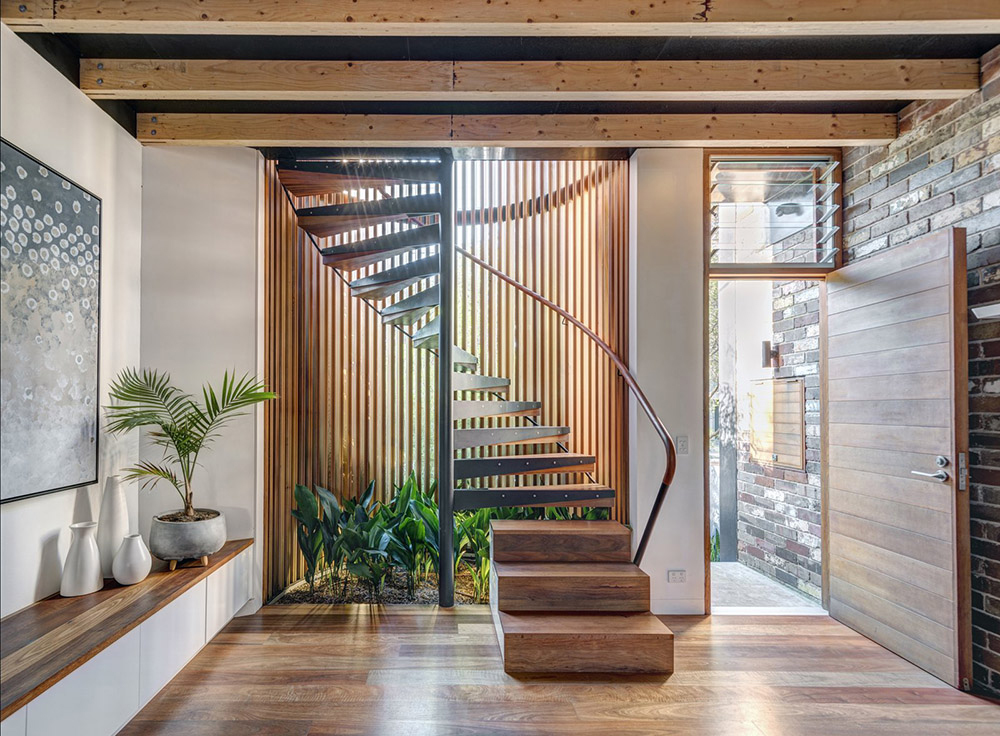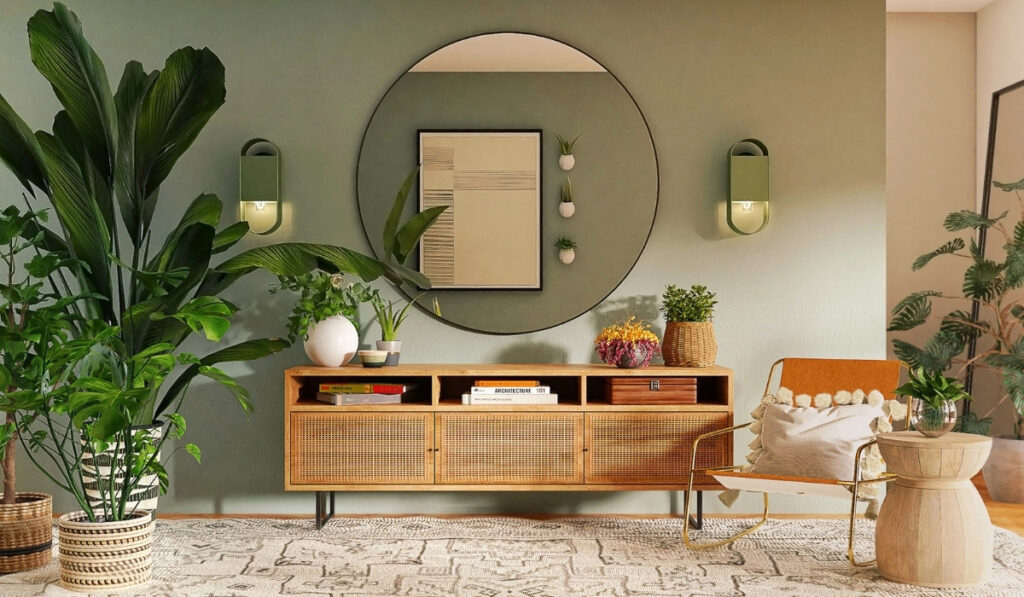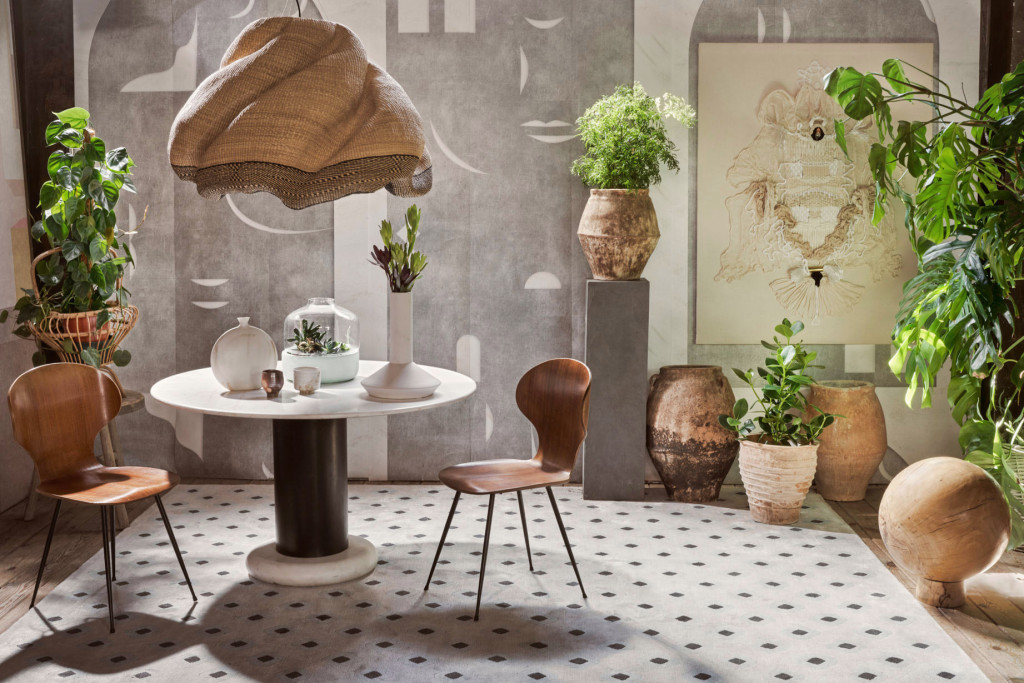Defining Sustainable Interior Design
Sustainable interior design is a holistic approach to creating architecture that minimize the environmental impact, promote occupant health and well-being, and support social responsibility. It considers the whole life pattern of materials and items, from extraction and handling to utilize and removal. Practical inside fashioners endeavor to make spaces that are wonderful, utilitarian, and harmless to the ecosystem.
The Significance of Sustainable Interior Design
Sustainable interior design is important for a number of reasons. In the first place, it assists with decreasing our natural effect. Structures represent a critical piece of worldwide energy utilization and ozone depleting substance emanations. By planning and working structures more reasonably, we can assist with moderating environmental change and safeguard the climate.
Second, maintainable inside plan can further develop inhabitant wellbeing and prosperity. Indoor air quality, lighting, and acoustics all assume a part in our physical and psychological well-being. Supportable inside planners can make spaces that advance ideal air quality, regular lighting, and agreeable acoustics.
Finally, sustainable interior design can support social responsibility. By choosing sustainable materials and products, we can support businesses that are committed to environmental and social sustainability. We can also create jobs in the growing green building industry.

Historical Perspective
Origins of Sustainable Interior Design
The starting points of sustainable interior design can be followed back to the mid 20th century, when architects and designers started to advocate for all the more harmless to the ecosystem building rehearses. During the 1970s, the energy emergency and developing consciousness of ecological issues prompted a recharged interest in economical plan.
Pioneers in the Field
Some of the pioneers of sustainable interior design include:
- Victor Olgyay: Olgyay was a Hungarian-American architect and solar energy pioneer. He is known for his work on bioclimatic plan, which utilizes regular assets to make agreeable and energy-proficient structures.
- Amory Lovins: Lovins is an American physicist, creator, and ecological lobbyist. He is a fellow benefactor of the Rough Mountain Establishment, a non-benefit research association that advances energy effectiveness and practical plan.
- William McDonough: McDonough is an American architect, designer, and author. He is known for his work on cradle-to-cradle design, which is an all holistic way to deal with design that expects to take out squander and make items that can be recycled or reused endlessly.
Milestones in Sustainable Interior Design
Some of the key milestones in sustainable interior design include:
- 1973: The first LEED (Leadership in Energy and Environmental Design) certification program is launched. LEED is a green building rating system that provides a framework for designing and operating high-performance, sustainable buildings.
- 1980: The United States Green Building Council (USGBC) is founded. The USGBC is a non-profit organization that leads the green building movement.
- 1992: The primary Earth Culmination is held in Rio de Janeiro, Brazil. The Earth Highest point is a significant global meeting on the climate and manageable turn of events.
- 2006: The Living Building Challenge is launched. The Living Building Challenge is a certification program for buildings that are designed to meet the highest standards of sustainability.
Environmental Impact
Carbon Footprint Reduction
Sustainable interior design can assist with decreasing our carbon footprint in various ways. For instance, picking economical materials and items can assist with decreasing how much energy expected to create and ship them. Moreover, utilizing energy-effective apparatuses and lighting can assist with diminishing our energy utilization.
Materials and Resources
Sustainable interior designers carefully consider the materials and resources that they use. They choose materials that are low-impact, renewable, and recyclable. They also try to minimize waste by using salvaged materials and upcycling existing pieces.
Energy Efficiency
Energy efficiency is a key component of sustainable interior design. Sustainable interior designers use a variety of strategies to reduce energy consumption, such as:
- Using energy-efficient appliances and lighting
- Designing for natural light and ventilation
- Insulating buildings properly
- Using renewable energy sources
Sustainable Materials
Recycled and Upcycled Materials
Recycled and upcycled materials can be utilized to make an assortment of maintainable inside plan components, like furnishings, deck, and ledges. For instance, reused plastic can be utilized to make cover tiles and reused glass can be utilized to make ledges.
Sourcing Locally
Sourcing materials locally can help to reduce the environmental impact of transportation. Sustainable interior designers strive to use materials that are sourced from within their region.
Low-VOC Products
Volatile organic compounds (VOCs) are synthetic compounds that can be delivered high up from specific materials and items. VOCs can adversely affect indoor air quality and human wellbeing. Manageable inside planners pick low-VOC materials and items to further develop indoor air quality.
Design for Durability
Longevity of Sustainable Designs
Sustainable interior designs are designed to last. This helps to reduce the environmental impact of waste and the need to replace finishes and materials frequently.
Adaptive Reuse
Adaptive reuse is the most common way of changing over a current structure for another utilization. This can be a more maintainable choice than developing another structure, as it monitors assets and lessens squander.
Timeless Aesthetics
Sustainable interior designers choose timeless aesthetics that will not go out of style quickly. This helps to reduce the need to renovate or replace finishes and materials frequently.

Energy-Efficient Lighting
LED and Solar Solutions
LED and solar lighting are energy-productive and feasible lighting arrangements. LED lights utilize less energy than conventional brilliant bulbs and last longer. Sun oriented lights can be utilized to control outside lighting and give supplemental capacity to indoor lighting.
Smart Lighting Systems
Smart lighting frameworks can assist with promoting decrease energy utilization. Shrewd lights can be modified to turn on and off naturally, and they can be diminished or lit up to save energy.
Maximizing Natural Light
Natural light is the most sustainable form of lighting. Sustainable interior designers design spaces to maximize natural light. This can be done by using large windows, skylights, and light-colored finishes.
Sustainable Furniture
Eco-Friendly Furniture Materials
There are a variety of eco-friendly furniture materials available, such as bamboo, recycled wood, and reclaimed materials. Sustainable interior designers choose furniture made from these materials to reduce the environmental impact of furniture production.
Upcycled and Vintage Pieces
Upcycled and vintage furniture are sustainable and unique options. Upcycled furniture is made from existing pieces that have been repurposed. Vintage furniture is pre-owned furniture that is often in excellent condition.
Minimizing Waste
Sustainable interior designers minimize waste by choosing furniture that is made from sustainable materials and designed to last. They also try to purchase furniture from local businesses to reduce the environmental impact of transportation.
Water Conservation
Water-Efficient Fixtures:
Water-efficient fixtures, such as low-flow toilets and showerheads, can help to reduce water consumption. Sustainable interior designers choose water-efficient fixtures to help their clients conserve water.
Rainwater Harvesting
Rainwater gathering is the most common way of gathering and putting away rainwater for reuse. Rainwater can be utilized for water system, watering plants, and flushing latrines. Manageable inside creators might prescribe water gathering frameworks to their clients to assist them with saving water.
Drought-Resistant Landscaping
Drought-resistant landscaping can help to reduce water consumption for outdoor irrigation. Sustainable interior designers may recommend drought-resistant plants and landscaping techniques to their clients.
Sustainable Flooring
Eco-Flooring Options
There are an assortment of eco-flooring choices accessible, like bamboo, stopper, and reused materials. Economical inside fashioners pick flooring produced using these materials to lessen the ecological effect of deck creation.
Maintenance and Lifespan
Sustainable interior designers choose flooring materials that are low-maintenance and have a long lifespan. This helps to reduce the need to replace flooring frequently and the environmental impact of waste.
Impact on Indoor Air Quality
Some flooring materials can have a negative impact on indoor air quality by releasing VOCs. Sustainable interior designers choose low-VOC flooring materials to improve indoor air quality.
Sustainable Textiles
Eco-Friendly Textile Materials
There are a variety of eco-friendly textile materials available, such as organic cotton, hemp, and bamboo. Sustainable interior designers choose textiles made from these materials to reduce the environmental impact of textile production.
Fair Trade and Ethical Sourcing
Sustainable interior designers also consider the fair trade and ethical sourcing of textiles. They choose to work with suppliers that are committed to paying fair wages and providing safe working conditions for their employees.
Minimizing Waste
Sustainable interior designers minimize waste by choosing textiles that are made from sustainable materials and designed to last. They also try to purchase textiles from local businesses to reduce the environmental impact of transportation.
Government Regulations and Certifications
LEED Certification
LEED (Leadership in Energy and Environmental Design) certification is a green building rating system that provides a framework for designing and operating high-performance, sustainable buildings. LEED certified buildings are designed to reduce energy consumption, water consumption, and environmental impact.
Energy Star Rating
Energy Star is a program run by the U.S. Environmental Protection Agency (EPA) that assists customers with distinguishing energy-proficient items. Energy Star appraised items utilize less energy than standard items, which can get a good deal on their energy bills.
Building Codes and Standards
Numerous legislatures have taken on building regulations and norms that advance practical plan. For instance, in the US, the International Green Construction Code (IgCC) is a willful standard that gives rules to manageable plan and development.
Conclusion
Sustainable interior design is a developing field with the possibility to have a tremendous effect on the climate and human wellbeing. By picking reasonable materials and items, planning for energy proficiency and water preservation, and making spaces that advance inhabitant wellbeing and prosperity, manageable inside creators can assist with making a more practical future for our planet.
FAQS
What is Sustainable Interior Design?
Sustainable interior design, frequently alluded to as green inside plan, is a way to deal with making living spaces that focus on the prosperity of both the occupants and the climate. It means to lessen the adverse consequence of inside plan in the world and upgrade the personal satisfaction for the people who abide in these spaces. It includes careful selections of materials, energy productivity, and an emphasis on diminishing waste and contamination.
Why is Sustainable Interior Design Important?
Sustainable interior design matters for several reasons. It helps minimize the carbon footprint of buildings, which is essential for addressing climate change. It also improves indoor air quality and reduces exposure to toxic substances often found in traditional interior design materials. Additionally, it promotes a healthier and more harmonious living environment.

